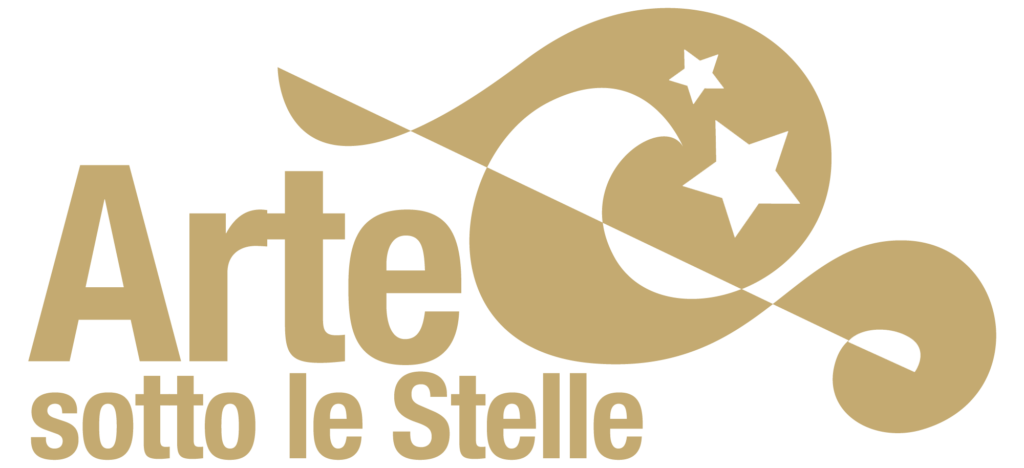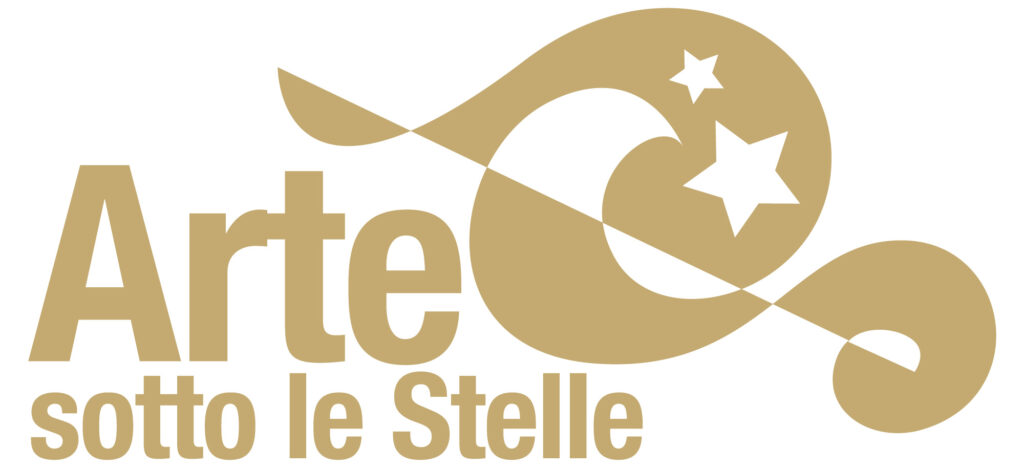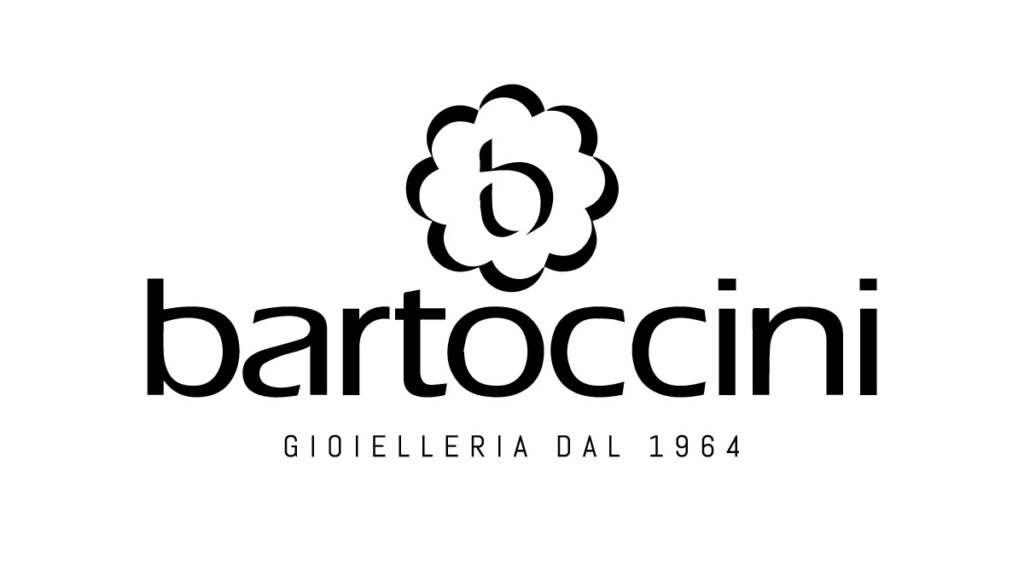Saint Bernardino tablets – Perugia
The tablets of San Bernardino are eight small paintings. The only fact we know with certainty is the date of realization, 1473, reported on the attic of the great triumphal arch framing the whole scene.
The subjects of the narrations are the life and miracles of Saint Bernardino of Siena, to which the community of Perugia was very devoted, as to erect an oratory in his honor, and, by the will of the Franciscan friars of Perugia, these tables were made to decorate a niche where to house the statue of the Saint.
The order of the scenes follow an unitary project, but they were performed by six different artists since the execution styles among them is different from one to another. The critics agree in attributing to Perugino only the painting with San Bernardino that heals an ulcer of Giovanni Antonio Petrazio from Rieti’s daughter.
The composition is rich in Renaissance and classical citations, such as the arch in the background that recalls the Arch of Titus, while the group of characters on the left reference to the Florentine workshop of Verrocchio, that Perugino had personally known and frequented. On the other hand, the young man standing on the right anticipates the graceful and dynamic figures, not exaggerated but content and essential in their gestures, which will be typical in Perugino’s artistical production. The landscape recalls the Umbrian countryside,and is influenced by the Flemish influence in the atmosphere almost pervaded by pearly mists.
This work and the other seven tablets are preserved at the Galleria Nazionale dell’Umbria in Perugia.










